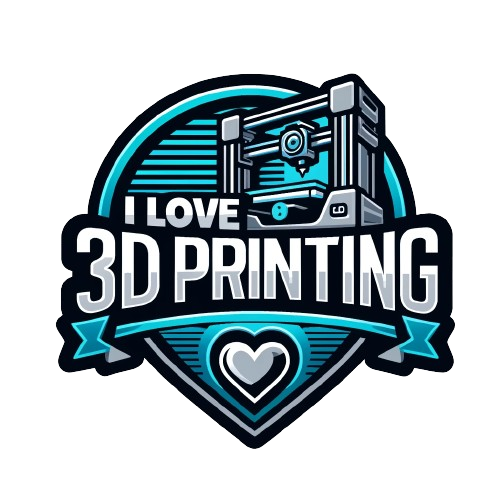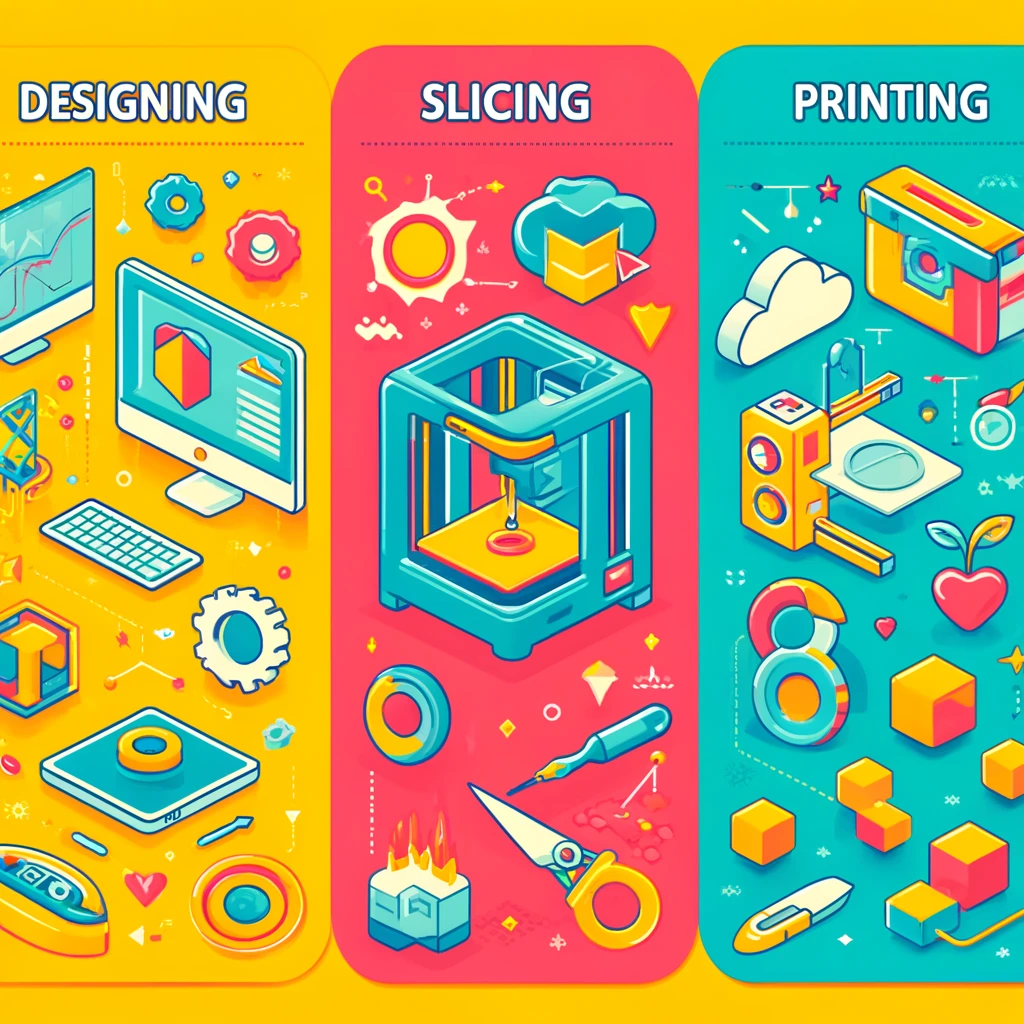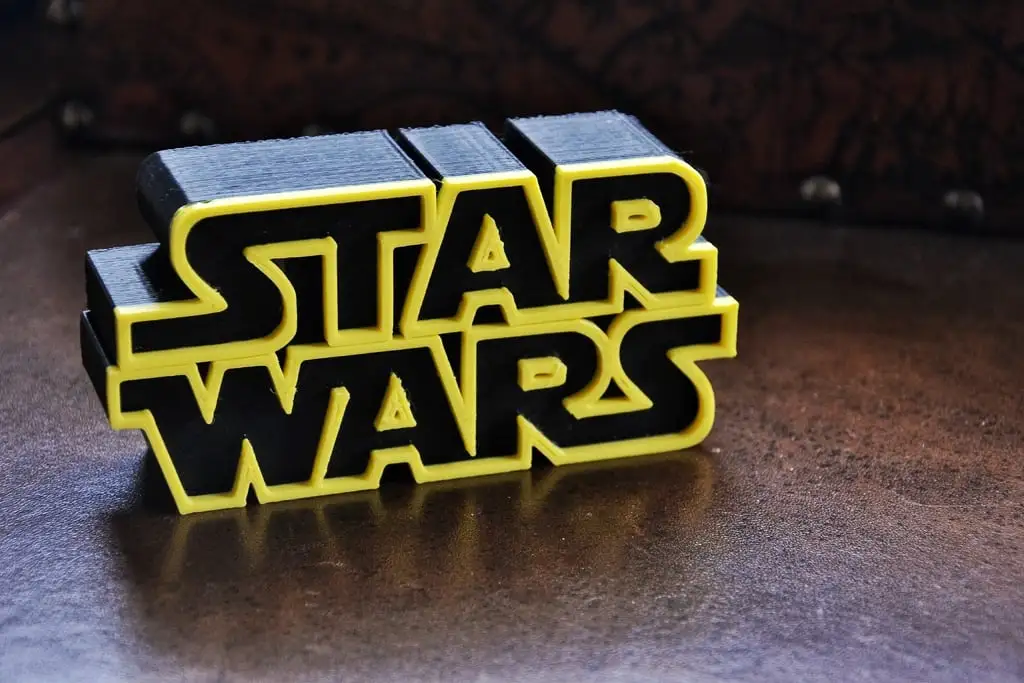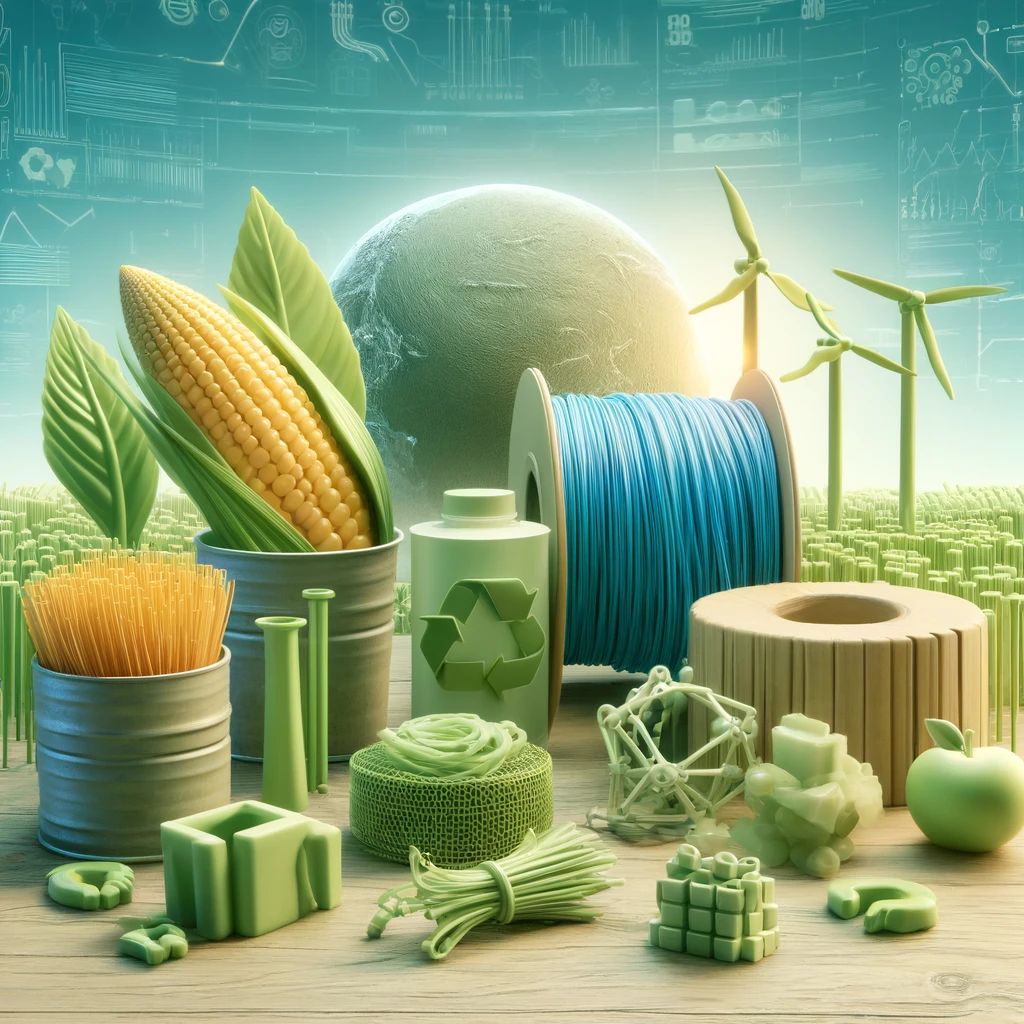Welcome to the exciting world of 3D printing! If you’re new here, you might be curious about why everyone is so interested in this technology. Simply put, 3D printing lets you turn computer designs into real, physical objects. This guide will help you understand the basics of 3D printing, including the equipment, materials, and steps needed to start your own projects.
What is 3D Printing?
3D printing, or additive manufacturing, is a way to make three-dimensional objects from a digital file. In 3D printing, an object is created by laying down layers of material until the object is completely formed. Each layer looks like a thin slice of the object.
3D printing started in the 1980s and was first called ‘rapid prototyping’ because it was a quick way to make models or prototypes for product development in various industries. Now, it’s used in many areas like medicine, art, and even at home.
The 3D Printing Process
Step 1: Designing First, you need a 3D model, which you make on a computer using 3D modeling software. There are programs for beginners and ones for more experienced users. Beginners might like using TinkerCAD, while more advanced users might choose Blender.
Step 2: Slicing After you make a model, you need to prepare it for the printer with a process called slicing. Slicing software turns your model into instructions for the printer. You can also adjust settings like speed and temperature depending on what material you’re using.
Step 3: Printing Now, you’re ready to print. Once you start the printer, it does most of the work. It’s good to watch the printer at first to make sure everything is working right.
Materials Used in 3D Printing
You can use different materials in 3D printing, such as:
PLA (Polylactic Acid): This is popular because it’s easy to use and made from renewable resources like corn starch. It’s great for not-too-tough projects and is eco-friendly.
ABS (Acrylonitrile Butadiene Styrene): This material is strong and good for things that need to be durable, like phone cases or toys.
PETG (Polyethylene Terephthalate Glycol): PETG is strong and slightly flexible, and it’s safe for making things like kitchen tools.
Finishing Your 3D Print
After printing, you might want to make your object look even better. You can smooth it by sanding, or even paint it to add colors.
Troubleshooting Common Issues
Sometimes things go wrong, like the material warping, or the printer making strings between parts of the print, or the nozzle getting clogged. Usually, you can fix these problems by changing the printer’s settings and trying again.
Expanding Your 3D Printing Knowledge
As you get more into 3D printing, there are lots of places online to learn more and get cool designs to try out. Websites and online groups are great places to ask questions and share what you’re making.
Conclusion
3D printing is a powerful tool for both fun projects and serious creations. Understanding these basics will help you start exploring what you can make. Remember, everyone starts as a beginner, and the best way to learn is by trying things out.
If you have any questions or something cool to share, leave a comment below. And if you liked this guide, think about signing up for more posts like this!
This version simplifies the language and avoids complex words to make the information more accessible for younger readers or those new to 3D printing.



